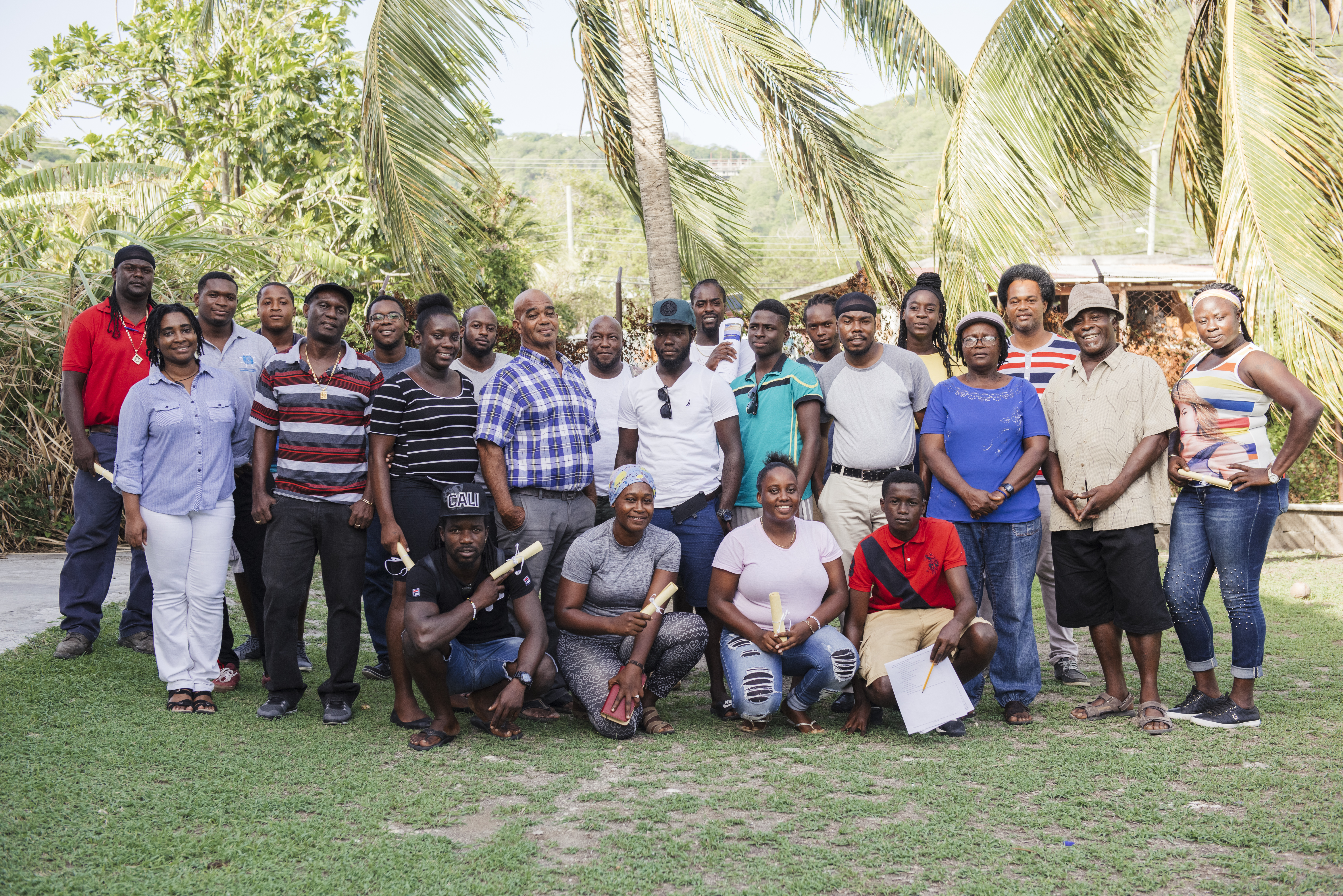Study on the Carrying Capacity
As part of the Management Plan for the Guadalupe Environmental Protection Area (APA) and in support of the ZATAN, the environmental agencies of Pernambuco (Semas/PE and CPRH) conducted a study on the carrying capacity of the beaches and reefs in Tamandaré and Sirinhaém, as well as on Santo Aleixo Island. The study provides calculations and recommendations regarding the number of visitors, vessels, and tourist activities that this region can support without compromising its natural characteristics and the health of its ecosystems.
Specifically, the study indicates that the number of vessels operating in the estuary of the Formoso River should be limited to 129 boats per day. Additionally, catamarans are restricted to a maximum of 60 passengers each, and small boats are limited to 9 passengers.
For further details regarding the maximum number of visitors and vessels allowed at specific embarkation and disembarkation points, please refer to the clipboards distributed in the region.
The study encompassed various areas, including areas for circulation of vessels, embarkation and disembarkation, visiting reefs, recreational use, nautical activities and boat trips. In order to implement such a complex study and obtain robust and detailed results to guide the management of the area, in-depth knowledge of the region, established relationships with local stakeholders and direct access to the areas are indispensable. Relying solely on theoretical knowledge and secondary data from desk studies is insufficient.
The study on the area’s carrying capacity was crucial to determine the specific number of boats, passengers and visitors that the area can support without compromising the health of its ecosystem, and to subsequently provide more concrete guidelines for implementing the zoning instrument (ZATAN). In addition, transforming the information of the study into user-friendly communication products, such as the clipboards, is essential to ensure that local stakeholders, especially local boat owners, tourism companies and authorities, are aware of these limits, and adhere to and enforce the regulation.
